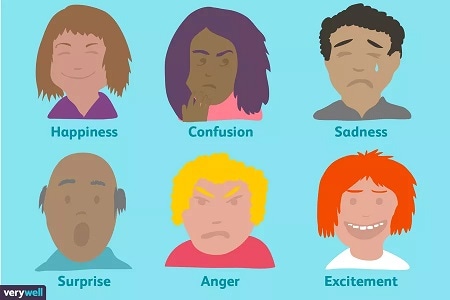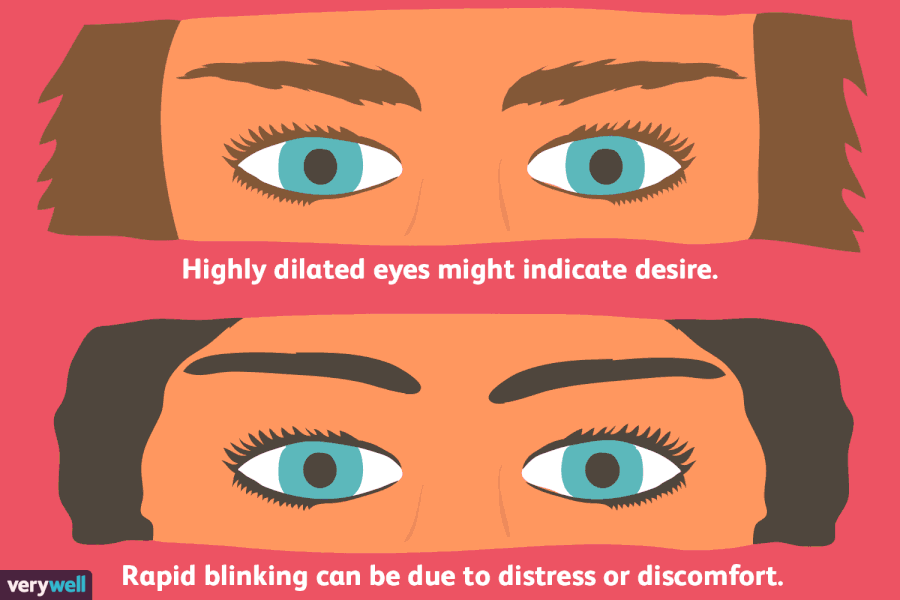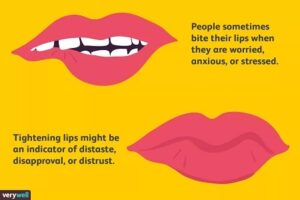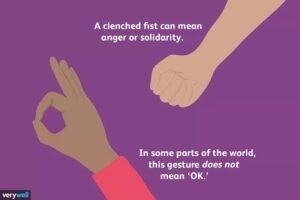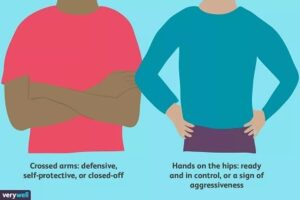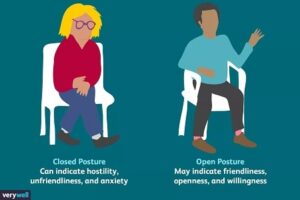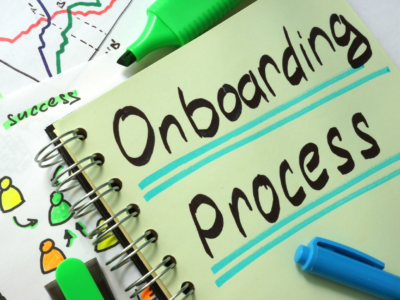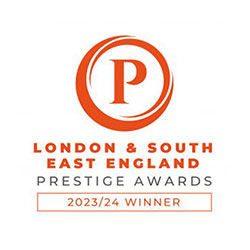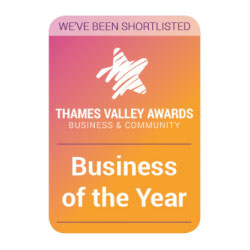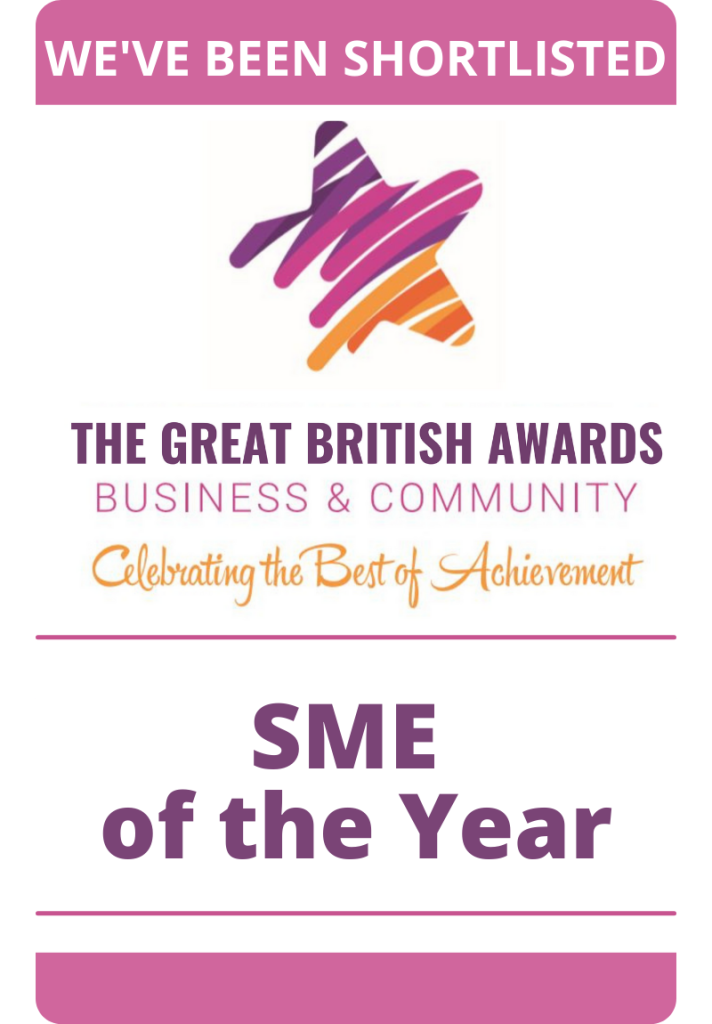It’s a popular belief that what you say is the most impactful form of your own expression, however research has shown that the way you position and move your body can say a lot more about you than you might intend.
When it comes to being at an interview or an initial meeting, you can present the best resume, dress to impress and respond to questions perfectly, but…and that is a big BUT…if your body language is contradicting you, then you’ve already lost the battle.
Body language is what is seen to be a universal language. It has been suggested that body language may account for between 60% – 65% of all communication. Considering that idea, when it comes to your interview or meeting with a potential employer, it’s not just what you’re saying that you need to be mindful of, it’s also what you’re not verbally but physically saying with your body.
We understand that your body language can, for the most part, be, a subconscious reaction. We’re here to help you pick up on signals so that you can become more aware of what your body language is saying about you.
Facial expressions
So much can be said with a simple facial expression. While you verbally articulate that you’re fine, a smile can indicate you’re happy, but a frown can contradict you and reveal that you’re not. In some cases, facial expressions can reveal how someone is feeling about a situation. It can be tricky because it can at times be hard to control your reaction when you’re not consciously aware.
Things to be mindful of:
- A slightly raised eyebrows and slight smile – friendliness and confidence
- Furrowed brows – confused or angry
Top tip: Stand in front of a mirror and look at yourself, pay particular attention to your face. If you are sensing that your facial features are tight, try to relax them. If you need to massage your face until you feel looser, then do so. Before your interview, try to do a similar exercise by gently massaging your cheeks to relax the muscles.
Eyes
Many say that the eyes are the window to the soul. We agree because your eyes can reveal a great deal about how your feeling through their behaviour. It’s important to be aware of what you’re looking at because it can show how engaged you are in conversation.
Things to be mindful of:
- Eye gaze – if you are looking directly at the interviewer’s eyes, it indicates that you are interested and paying attention. But it is also important to be mindful of the line between, being engaged and creepily staring. Prolonged eye contact can feel quite threatening while shifting your gaze frequently can make you appear uncomfortable.
Top tip: Be present! The polite way to have a conversation is to hold eye contact but allow yourself occasional breaks to look around, watch your interviewer’s body language and even blink. Try not to overthink what your eyes are doing but be conscious of how long you’ve been looking at a person or not looking at them.
Lips
Another essential part of what can convey a feeling much stronger than words can. Your lips and its movements have a language of their own.
Things to be mindful of:
- Lip biting – people can do this when feeling anxious, worried or stressed. This shows a lack of confidence.
- Pursed lips – this is a big indicator of disapproval, distrust or distaste.
- Covering your mouth – we would not recommend trying to cover your mouth when talking to anyone as it shows a lack of social awareness. Some people subconsciously do this as a way of hiding an emotional reaction.
Top tip: Try to make smiling a habit. The more frequently you smile, the more natural it will look. Even if you must, practice in front of a mirror, find a smile that shows you’re happy and confident. The more natural and relaxed it looks, the more convincing you will be. Happy people attract positivity.
Gestures
The way you gesture can, at times, be the most direct form of body language that gives away how you’re feeling. Most gestures are natural and a welcome part of the conversation. Just as previously mentioned, gestures can be positive, and some can be negative, it all depends on how you perform them.
Things to be mindful of:
- A clenched fist – this can indicate anger and hostility.
- Tapping fingers – this can be seen as impolite behaviour as tapping your fingers conveys boredom or irritation.
Top tip: Try to take fidgeting away from your list of behaviours, or at least do your best during your interview to resist fidgeting. If you can’t trust yourself not to do that, then why not place your hands on the table and cross your fingers, or place your hands on your lap.
Arms and legs
How you position your arms and legs are the hardest things for an interviewer to ignore. It’s a big giveaway in your motivation and interest and can influence someone’s behaviour and attitude towards you.
Things to be mindful of:
- Crossed arms – it might indicate that you’re feeling closed off or defensive.
- Hands-on hips – quite a tricky one as it can convey two different things, one is that you’re ready and in control, but it can also be a sign of aggression.
Top tips: Sometimes, it can be hard to know what to do with your arms or legs. While for some, it is natural to cross your legs or fold your arms; for others, it can be quite a cold move. We advise you to follow how you would typically have your arms and legs when around colleagues or professional friends. If you must cross your legs, do so loosely. Also, be aware of where you are and who you’re with.
Posture
Your body is your temple, at least that’s what fitness gurus often say. Which makes sense as, how you hold your body serves a crucial part of body language. Not only does a posture convey information on how you are feeling, but it also gives hints on your personality characteristics.
Things to be mindful of:
- Slouched – this can convey the feeling of indifference or boredom.
- Sitting up straight – this can indicate the feeling of positivity, confidence and focus.
- Open posture – this would involve keeping your body open and exposed, which can signal friendliness, openness and willingness.
- Closed posture – this involves keeping your body closed and tightly together, which can indicate hostility, anxiety, unwelcomeness and unfriendliness.
Top tip: Take a deep breath and relax, your posture often mirrors how you’re feeling, so the best way to tackle the wrong posture is by maintaining a confident and calm attitude.
Hopefully, we’ve given you an idea of what are right and wrong body behaviours. With this knowledge in mind, you can now become more aware of what your body language is saying to other people. You’re one step closer to perfecting your interview technique!
ABL Recruitment team
*Please note all illustrations were found here – www.verywellmind.com/understand-body-language-and-facial-expressions-4147228

